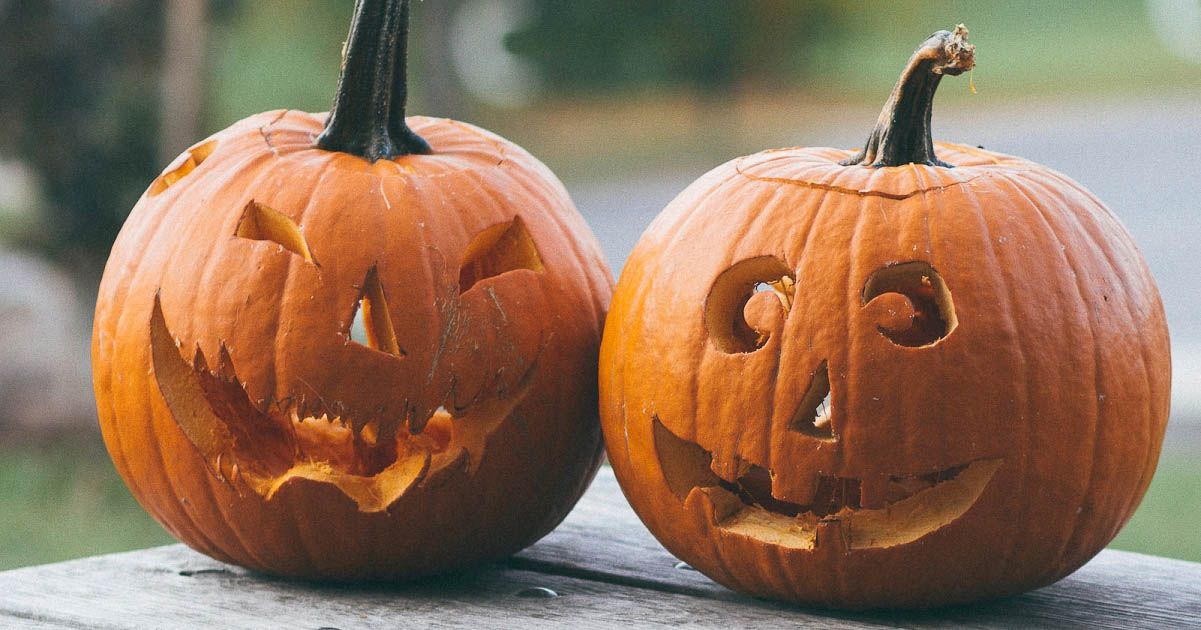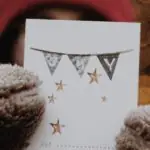
Halloween or Hallowe’en?
Boo! Grab your masks, pumpkins, and bowls of candy. It’s that time of the year again! Halloween is celebrated on October 31 in the US and other parts of the world. Though you’re probably familiar with the spelling “Halloween,” you might have come across an alternative spelling: “Hallowe’en.” In this post, we’ll talk about where this spooky holiday came from and how that funky apostrophe came to be.
History of Halloween
We can track the birth of Halloween back to the ancient pagan holiday, Samhain, which was practiced by Celtic people in the area now considered Ireland, the UK, and northern France. This celebration was held to commemorate the dead and mark the transition between summer and the harvest season.
Common activities practiced during this festival included lighting bonfires and wearing costumes to ward off ghosts that would return to the earth for the night. Druids, or Celtic priests, also sacrificed crops and animals.
Meanwhile, in the Roman Empire, a holiday was enacted to celebrate the saints, named “All Saints’ Day,” or “All Hallows’ Day” (with “hallow” being an ancient word for saint). After the Roman Empire conquered Celtic land, All Hallows’ Day merged with Samhain, and the night before the celebration was named “All Hallow’s Eve.”
Hallowe’en?
Apostrophes have several functions in English: forming possessive nouns, indicating missing letters in contractions, and showing plurals. In the case of “Hallowe’en,” the apostrophe serves as a contraction. The “hallow” part of “Halloween” is a shortened version of “All Hallows’ Day,” the festival celebrated in commemoration of Christian saints.
In the ninth century, this festival was known as All Hallows’ Eve, with “eve” being short for “evening.” This then became shortened to “Hallow-e’en,” and then, as you know, “Hallowe’en.” In this case, the “v” became a phantom letter.
Jack-O’-Lanterns
Here’s another Halloween term that looks a bit eerie in modern English. Jack-O’-Lanterns are pumpkins that people carve, often to resemble a face, with a flickering candle inside. They’re usually put on doorsteps for decorations around Halloween time. This tradition originated at Samhain, and its intended purpose was to ward off ghostly beings.
In the 1600s, “Jack” was a name commonly applied to men whose real names weren’t known. People in the United States referred to watchmen, or men walking around at night with lanterns, as “Jack-O’-Lanterns.”
Like the apostrophe in “Hallowe’en,” the apostrophe in “Jack-O’-Lantern” is used to mark a contraction. In this case, the apostrophe takes the place of the letter “f” in the word “of.” Nowadays, it’s common to see this term written without the apostrophe, so both “Jack-O’-Lantern” and “Jack-O-Lantern” are acceptable spellings.
Becoming A Proofreader
Apostrophes shouldn’t be scary. If you want to learn more about proofreading, including other punctuation errors to look out for, take our Becoming A Proofreader course, which will transform you into an editing wizard. Sign up for a free trial today to find out more.



Leave a Comment
Your email address will not be published.